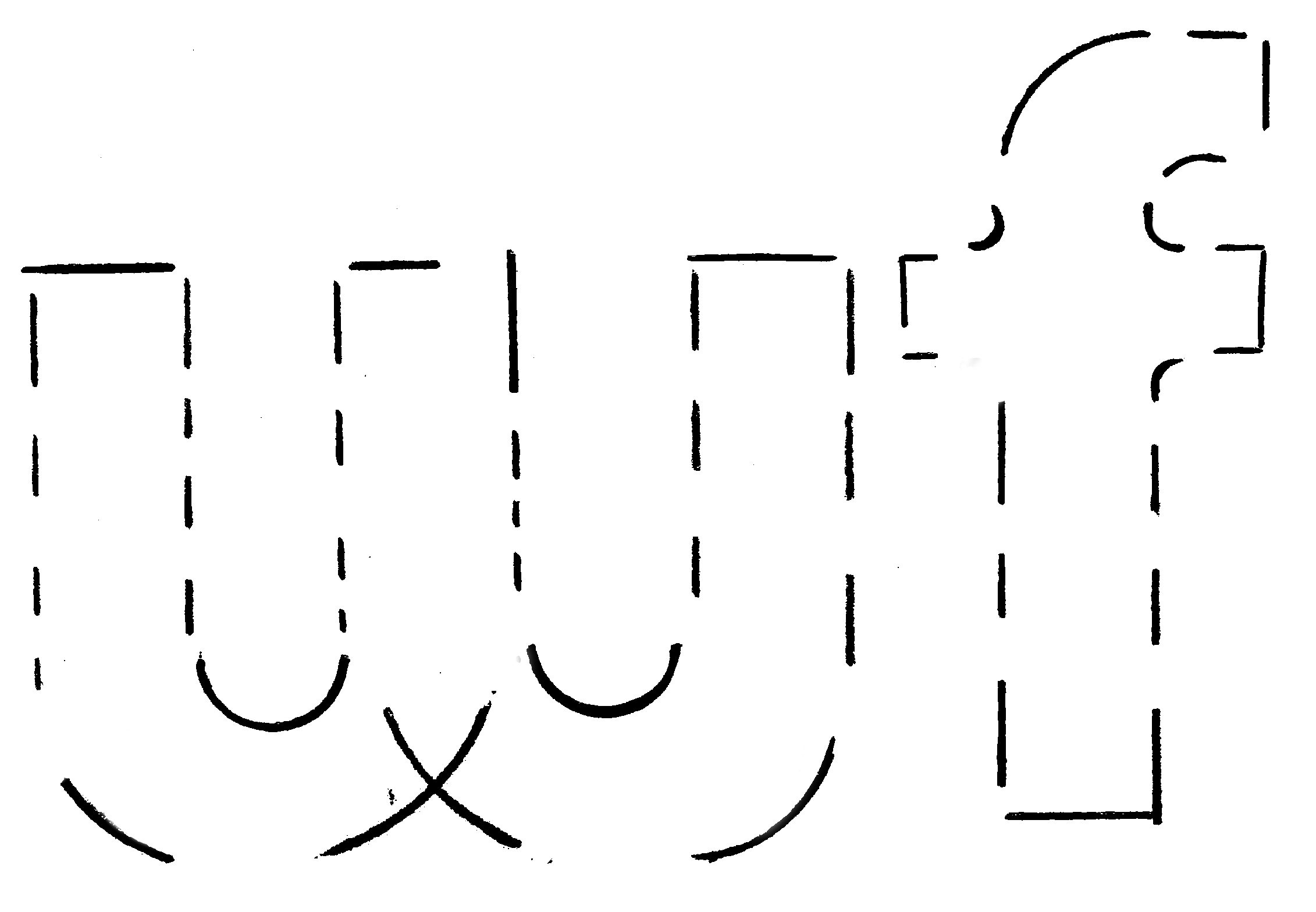Artists-in-Residence
Western Front’s artists-in-residence program was initiated in 1977 by artist and Western Front co-founder Kate Craig. It remains the heart of our programming today.
This curated program provides invited Canadian and international artists to pursue new developments in their practices and to produce new work. It focuses on artists working across music, media, time-based visual art, performance, and literature. While in residence, artists are supported with a fee, production budget, and curatorial and technical expertise, and are hosted on-site at Western Front or off-site on location, as required. The number of residencies and their structure and duration are tailored to each individual artist and project.
Many projects produced through our artists-in-residence program are done so in collaboration with partner institutions in Canada and internationally. We also offer audiences opportunities to engage with residents and their work at various stages of a project’s development and presentation.
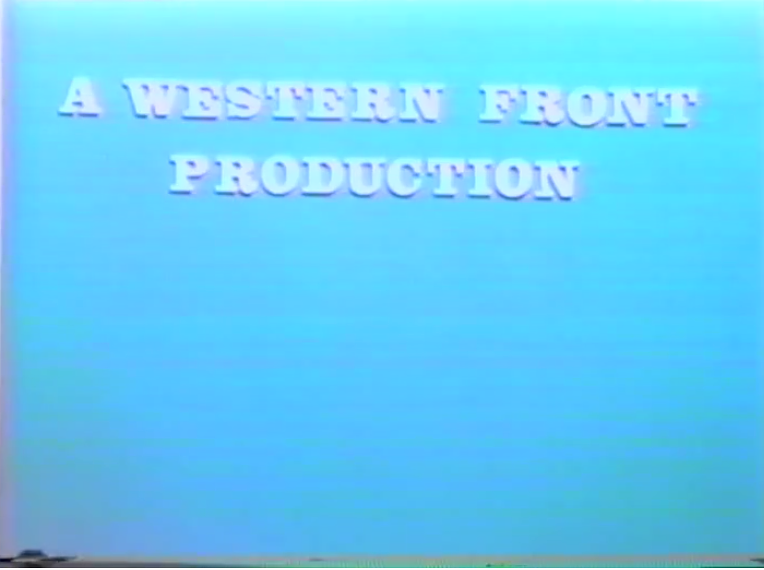
Western Front production still from Steve Paxton and Paul Wong, Asteroid (1987)
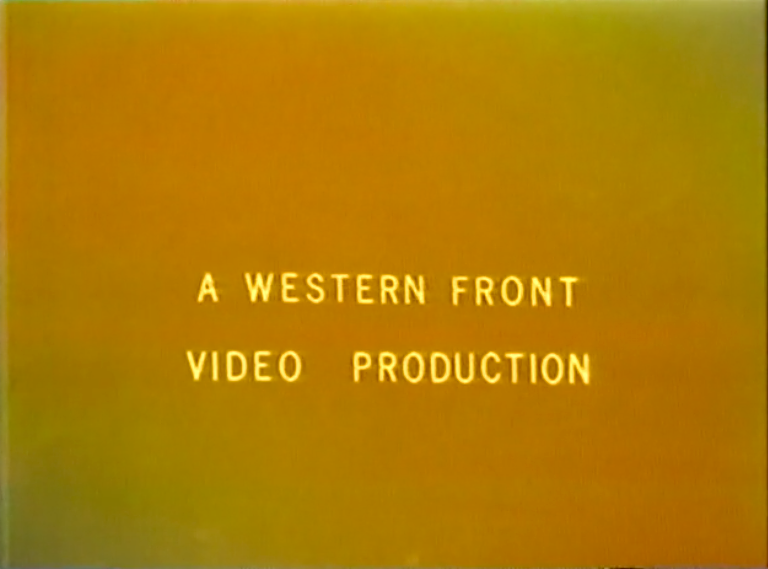
Western Front production still from Dalibor Martinis, Dalibor Martinis Talks to Dalibor Martinis (1978)
Current/Upcoming Residencies
Siku Allooloo
Sep 17, 2022 — Oct 31, 2026
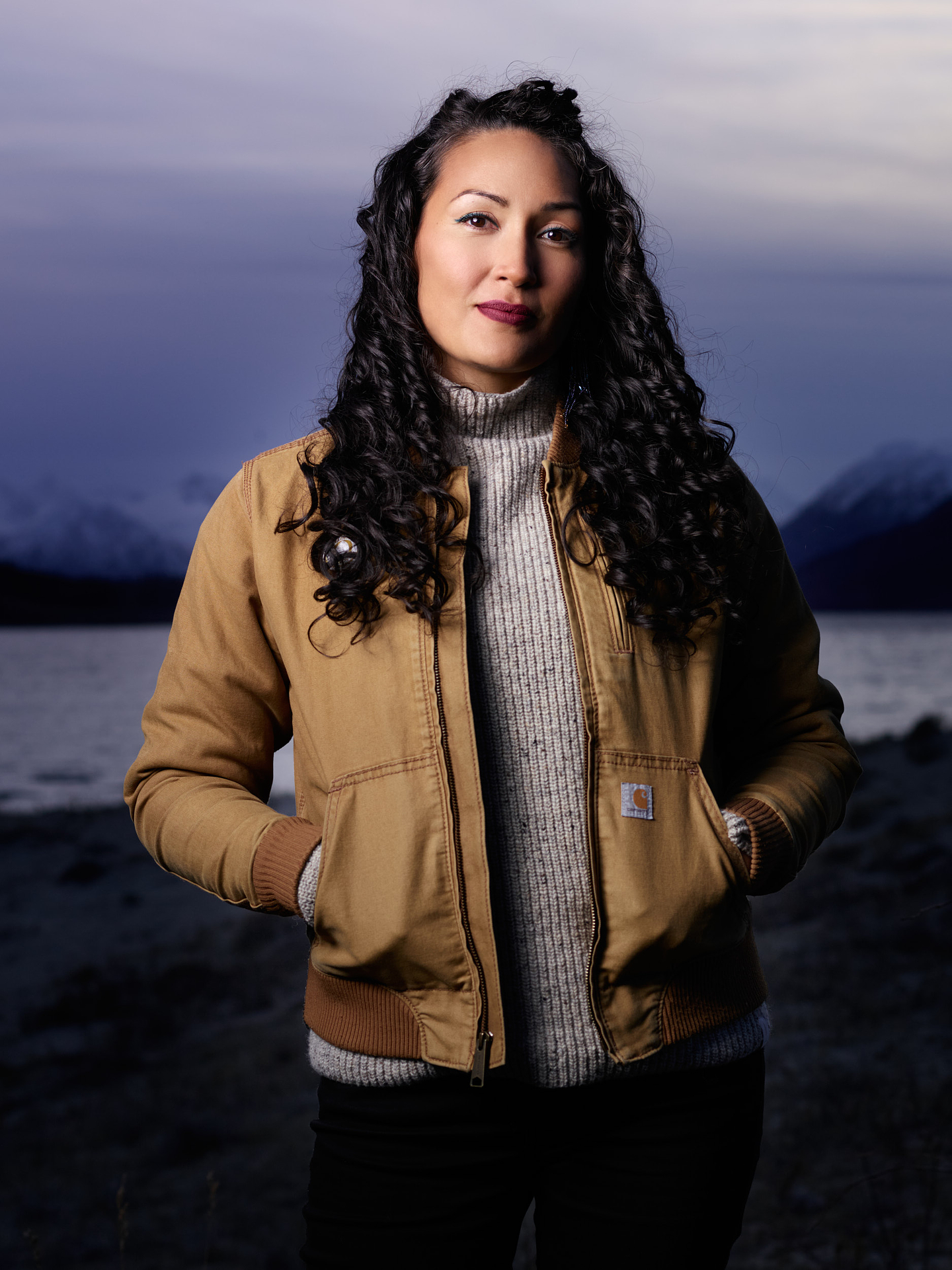
Portrait of Siku Allooloo.
While in residence, Siku Allooloo will work on the development of a feature-length documentary in honour of her mother, historic Indigenous women’s activism, and Taíno resurgence.
About the Artist
Siku Allooloo is an Inuk/Haitian/Taíno filmmaker, interdisciplinary artist, poet, and community builder. She comes from Denendeh, Northwest Territories, by way of Haïti through her mother and Mittimatalik, Nunavut, through her father. Allooloo often reimagines conventional forms as imbued by her cultural traditions, oral history, and land-based practice. She resides in the unceded homeland of K’ómoks First Nation.
Events with Siku Allooloo
-
Storytelling and Stewardship
Sep 17 — Nov 26, 2022Jaime Adams, Bracken Hanuse Corlett, Siku Allooloo, Jay Pahre -
Place-based Practices
Nov 5, 2022Jaime Adams, Paula Booker, Irwin Oostindie, Senaqwila Wyss, Siku Allooloo
Dani and Sheilah ReStack
Jan 12, 2024 — Dec 31, 2025
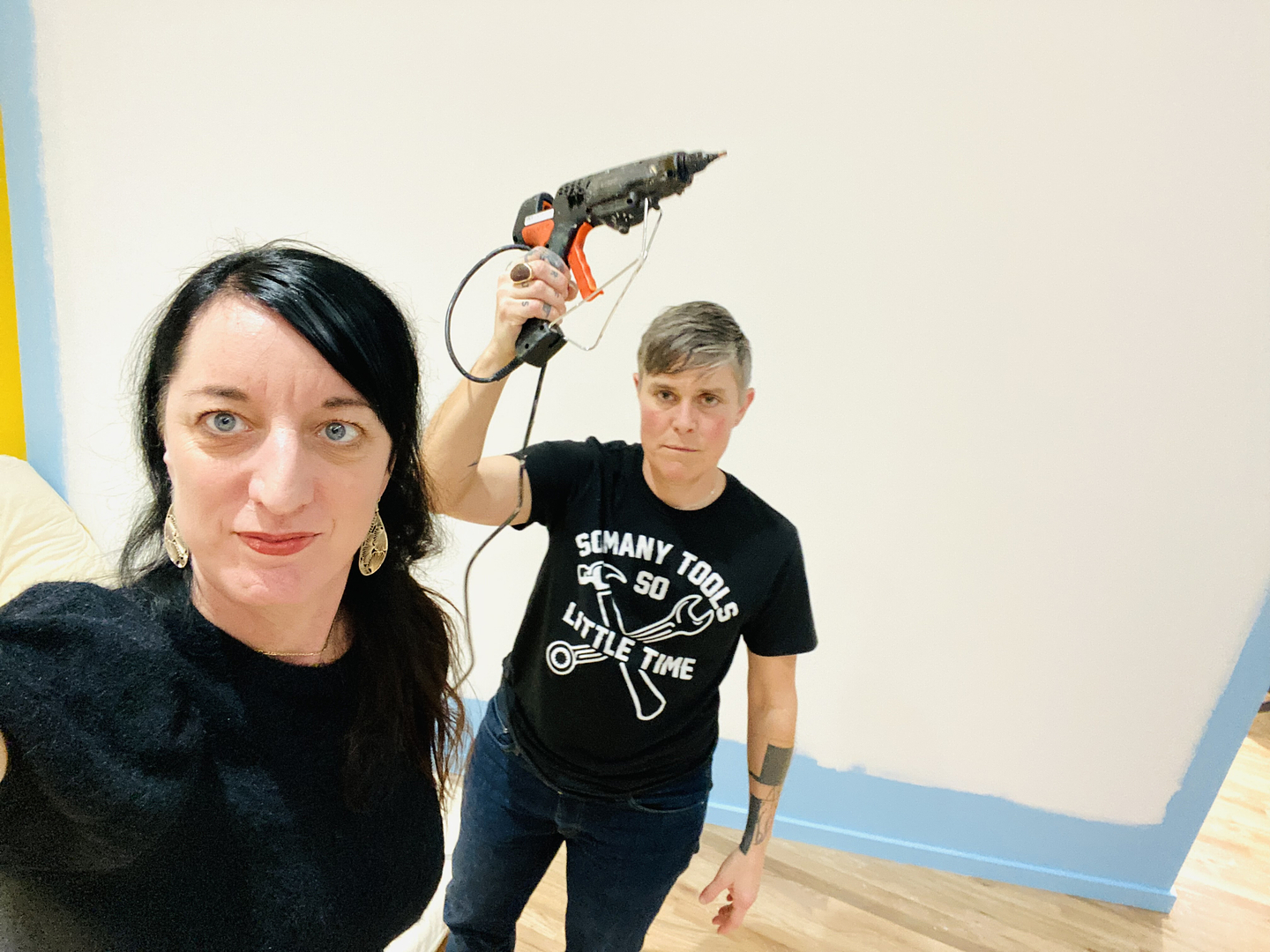
Portrait of Sheilah and Dani ReStack.
While in residence, Dani and Sheilah ReStack will further the development of a new feature length experimental video titled Stovepipe to the Sun. The work will bring together research on the Sanctified Sisters (a nineteenth-century separatist women community in Belton, Texas), a speculative fiction where they cast themselves as descents of this group, and autobiographical recordings of their domestic life as they struggle to raise their teenage daughter Rose within a patriarchal society.
About the Artists
Dani and Sheilah ReStack are collaborators. Feral Domestic, the trilogy of videos they made from 2016 to 2022 (including Strangely Ordinary This Devotion, Come Coyote, and Future From Inside) combines documentary footage from their lives, re-enactments and fantasy sequences for queer feminist imagining of past, present, and future. They live in Columbus, United States with their two daughters and are committed to the domestic as a place of unruly possibility—a portal for emotional logic, fragmentation, and new narratives that allows the quotidian to inform the sublime. Dani is Associate Professor at Ohio State University. Sheilah is Associate Professor at Denison University.
Events with Dani and Sheilah ReStack
-
Feral Domestic
Jan 13 — Apr 6, 2024Dani and Sheilah ReStack -
Shameless Light
Apr 6, 2024Randy Lee Cutler, Amber Dawn, Sidney Gordon, Ogheneofegor Obuwoma, Jen Sungshine, Valérie d. Walker, Dani and Sheilah ReStack
Nina Davies
Jan 2, 2025 — Jan 31, 2026

Portrait of Nina Davies. Photo by Rachel Topham Photography.
While in residence, Nina Davies will create her first digital novel. Taking the debate over whether “Death by GPS” should be recognized as an official cause of death as its starting point, the project imagines a world where navigation and location are generated. In this world, human agents use their bodies to blur the boundaries between real and fictional environments. Conceived as a digital novel, the work will also extend into a moving image work and installation.
About the Artist
Nina Davies is a Canadian-British artist who considers the present moment by observing dance in popular culture and how it is disseminated, circulated, made, and consumed. Working primarily with video, performance, writing, and installation, her work considers current dance phenomena in relation to the wider socio-technical environments from which it emerges. This includes research into the recent commodification of the dancing body on digital platforms, and rethinking dances of today as traditional dances of the future. Oscillating between the use of fiction and non-fiction, her work helps build new critical frameworks for engaging with dance practices.
